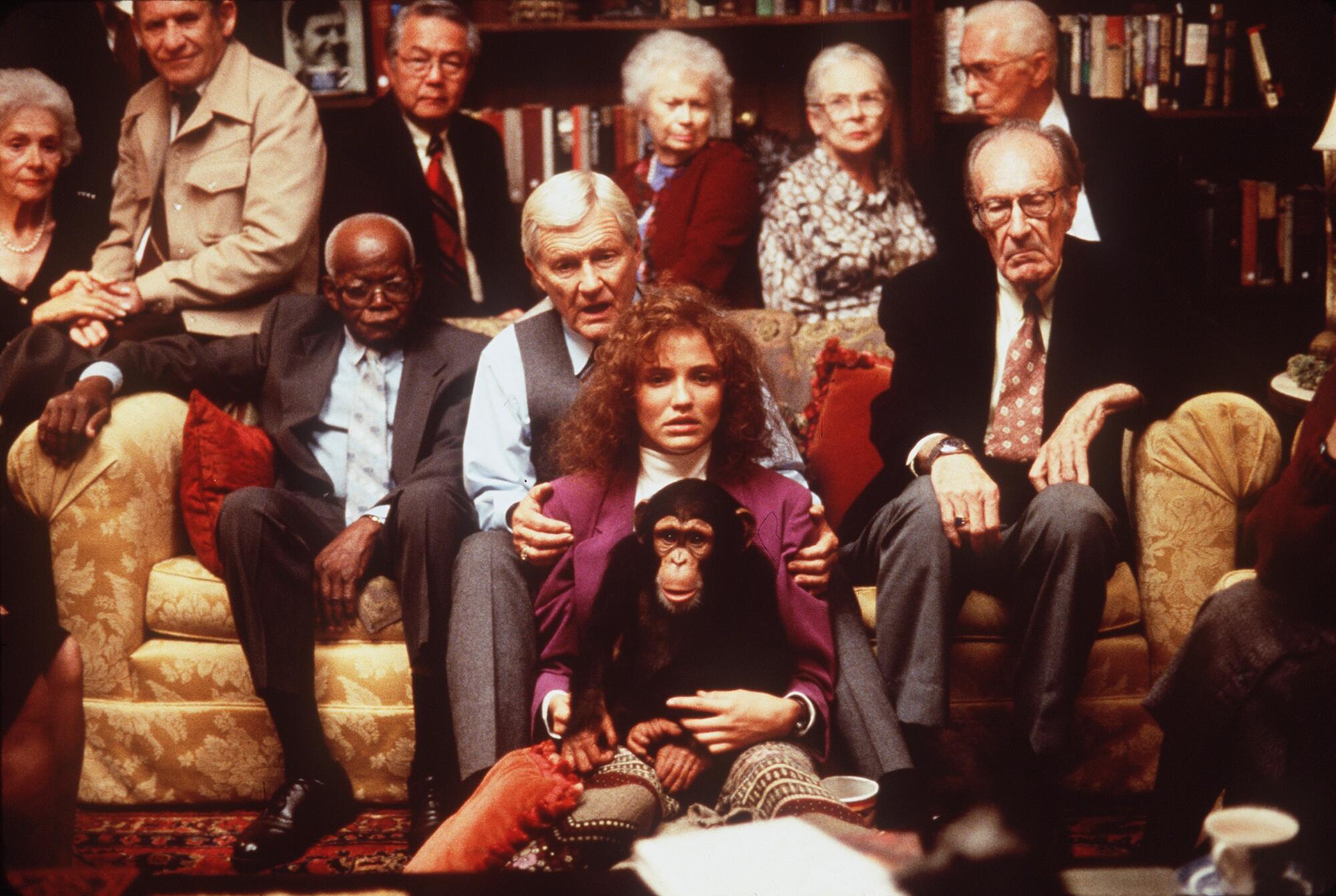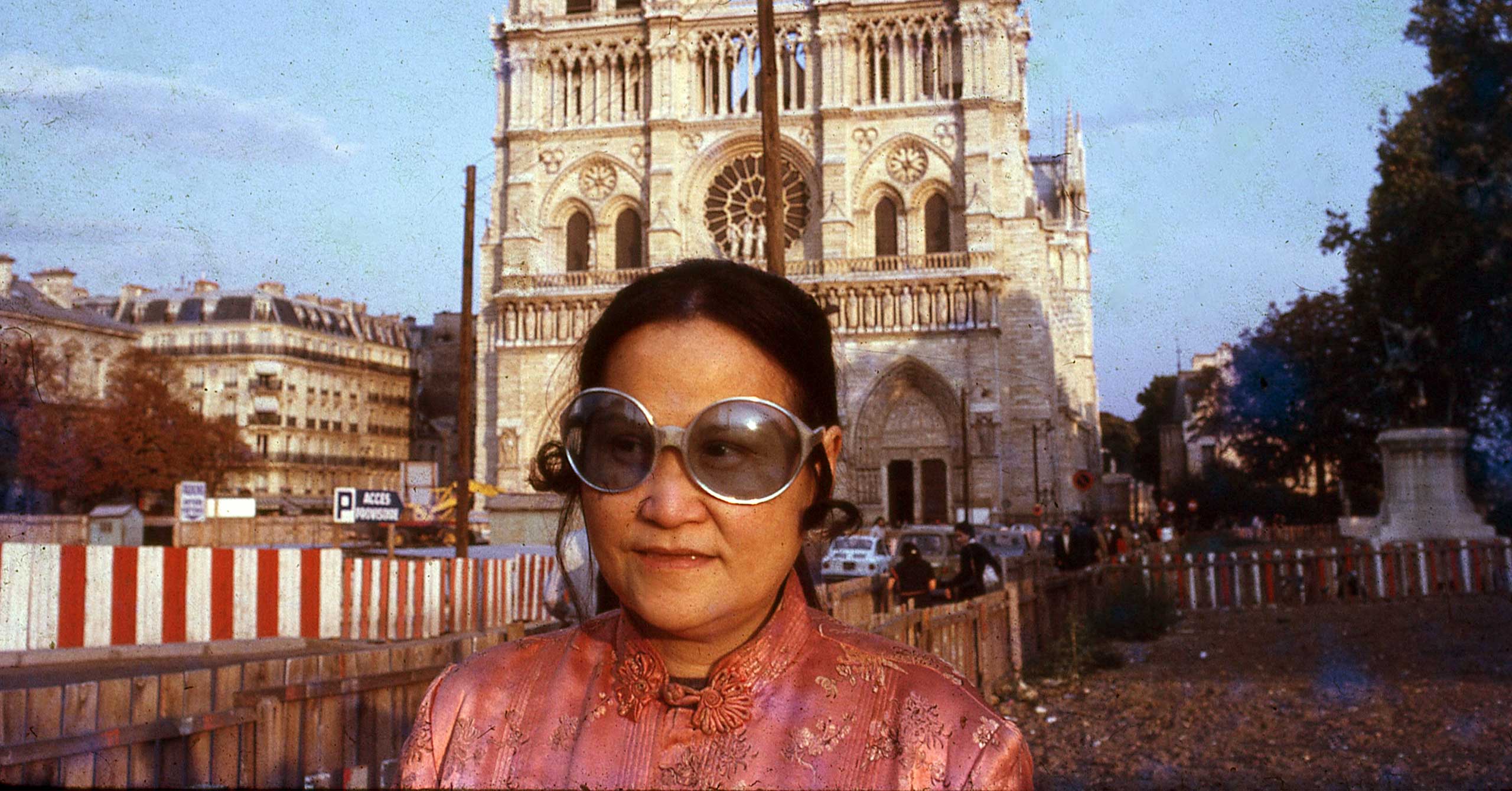Even now, 25 years later, the premise is outrageous, odd and quite clever. On floor 71⁄2 of an antiquated New York City office building, hidden behind a filing cabinet, is a small portal that leads into the head of actor John Malkovich. There was something random — and ingenious — in the choice of Malkovich, by then a two-time Oscar nominee and a widely respected performer of stage and screen who did not have a signature role: He was the kind of actor people knew they knew but could not always quite place.
Yet “Being John Malkovich” is much more than an inside-out and upside-down high-concept gimmick. The film’s inventive visual style made the surreal seem mundane and everyday. While it is very funny, it is also rife with melancholy, a yearning for emotional connection and a sense that people are often unknowable, most of all to themselves.
The film is less about the flash of celebrity and more about a deeper sense of self-discovery and personal identity. Screenwriter Charlie Kaufman had been a television comedy writer on shows such as “Get a Life” and “The Dana Carvey Show,” with “Being John Malkovich” his first produced film script. Director Spike Jonze, who had some notoriety for his music videos and commercials, also made his feature film debut with “Malkovich.
” The cast included John Cusack as a down-on-his luck puppeteer who discovers the portal, Cameron Diaz as his patient but dissatisfied girlfriend and Catherine Keener as the cynical colle.


















